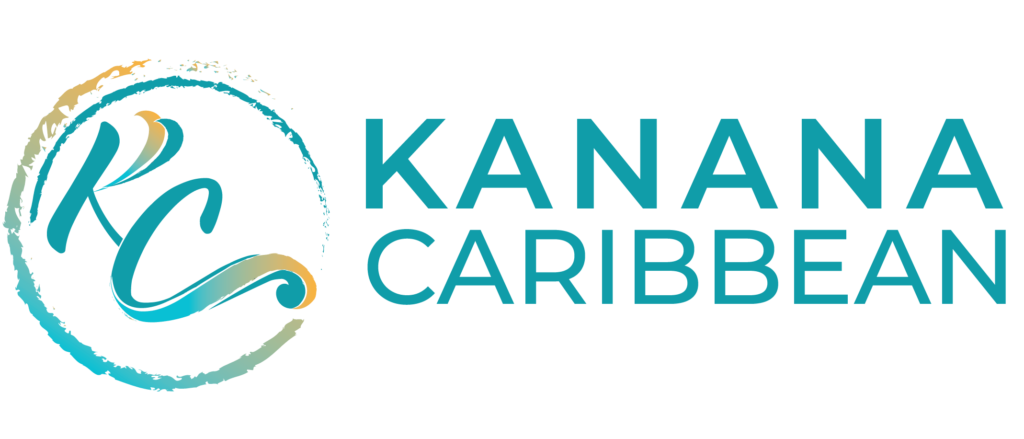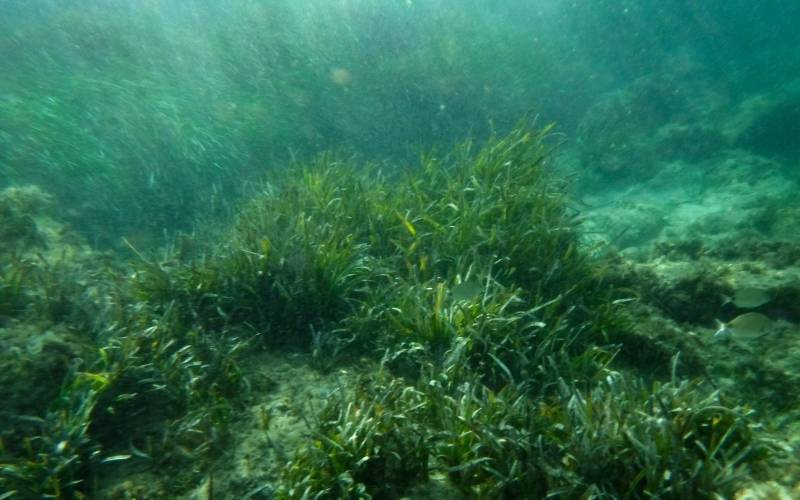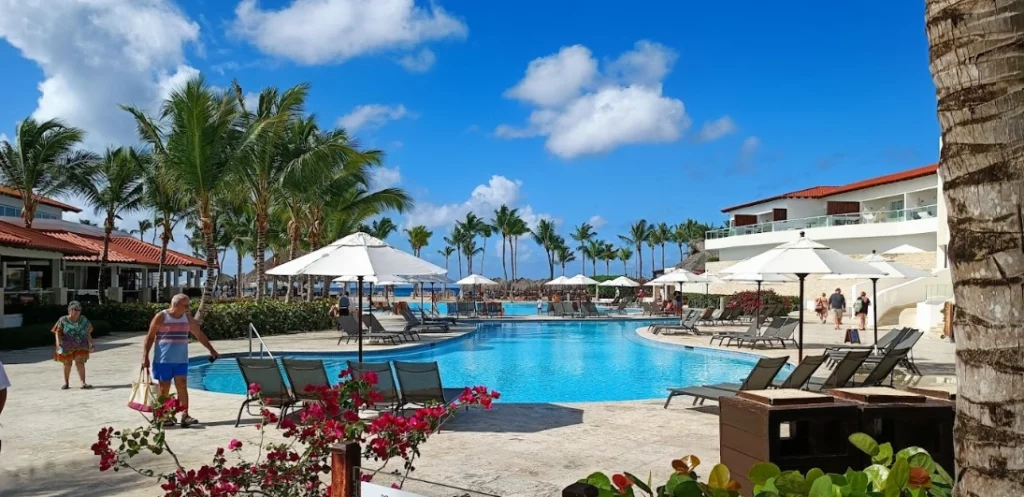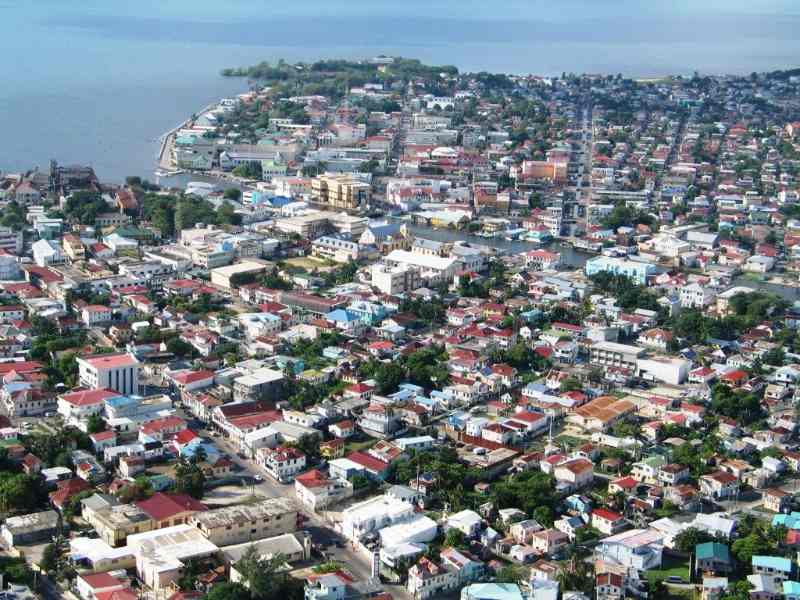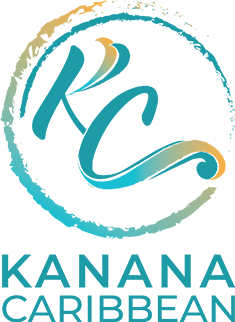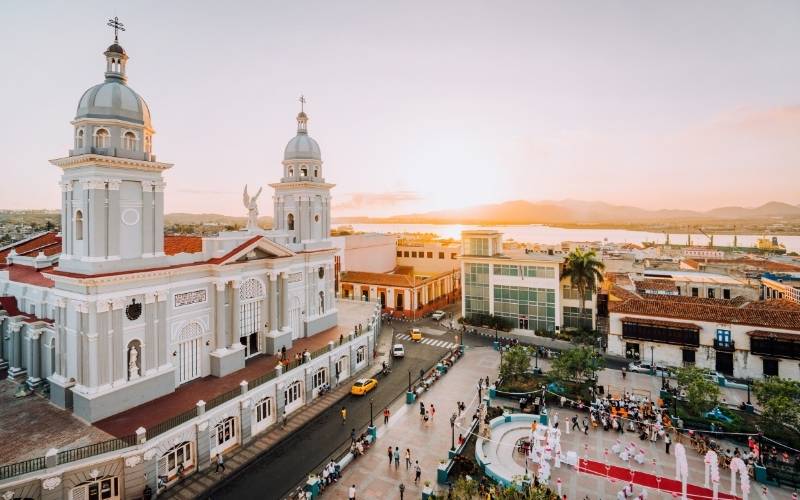
Home » Puerto Rico History Timeline – Get in a Time Machine & Go Back to The Historic Times of Puerto Rico
Puerto Rico History Timeline – Get in a Time Machine & Go Back to The Historic Times of Puerto Rico
The island territory of Puerto Rico is a self-governing commonwealth of the United States of America. Puerto Rico is located in the Caribbean.
Puerto Rico, which may be found in the Caribbean Sea to the east of the Dominican Republic and to the west of the United States Virgin Islands, is situated on the Mona Passage, an important shipping channel that leads to the Panama Canal.
On his second journey of discovery, Christopher Columbus arrived on the island that would later be known as Puerto Rico in 1493. He gave the island the name San Juan Bautista at the time, in honor of Saint John the Baptist. The original name that Christopher Columbus bestowed upon the island is honored by the naming of the island’s current capital city, which is San Juan. After that, the Spanish explorer Ponce de Leon brought settlers to the island, and the Spanish maintained control of it for more than 400 years.
After the Spanish-American War was won by the United States in 1898, Puerto Rico was annexed as a territory of the United States. Following the passage of Law 5600 by the United States Congress, Puerto Rico was granted the authority to draught and ratify its own constitution. The connection between the United States of America and Puerto Rico is referred to as a “commonwealth” in the English language.
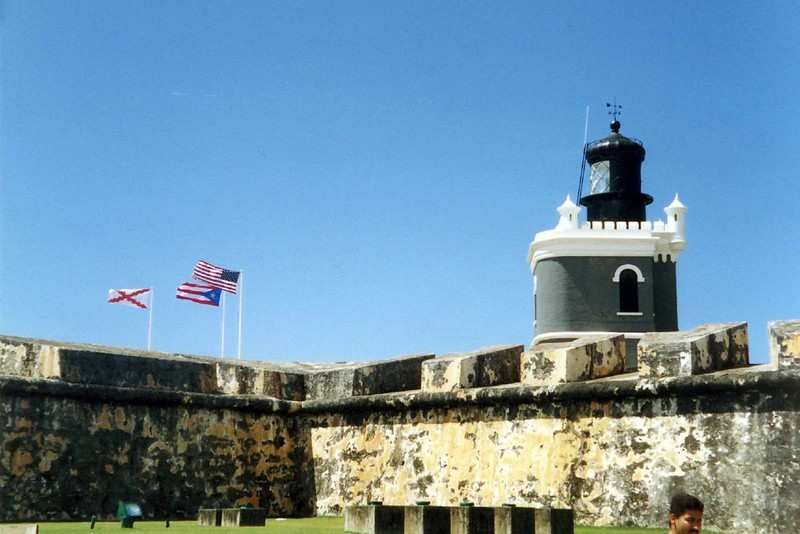
Puerto Rico History Timeline – Puerto Rico Today
Table of Contents
The Commonwealth is an archipelago that is part of the Greater Antilles and is situated between the Dominican Republic and the United States Virgin Islands.
It is comprised of the eponymous main island as well as a number of other smaller islands, such as Mona, Culebra, and Vieques. San Juan, the nation’s capital and also its most populous city, is home to the island’s approximate 3.2 million inhabitants. Both Spanish and English are considered to be official languages in the executive branch of the United States government; yet, Spanish is spoken more frequently.
Beginning between 2,000 and 4,000 years ago, a number of native peoples, including the Ortoiroid, Saladoid, and Taino, migrated to Puerto Rico and established the first permanent settlements there. After Christopher Columbus’s arrival in 1493, Spain began the process of colonizing the area that he had discovered.
Although there was competition for control of Puerto Rico from other European countries, it remained a Spanish colony for the next four centuries. The arrival of African slaves and settlers, particularly from the Canary Islands and Andalusia, had a profound impact on the island’s cultural and demographic landscape.
When compared to other, more prosperous Spanish colonies such as Peru and New Spain, Puerto Rico’s significance within the Spanish Empire was secondary yet strategic. By the end of the 19th century, a distinct Puerto Rican identity had started to take shape. This identity was based on a synthesis of components that were indigenous, African, and European. Following the conclusion of the Spanish–American War in 1898, the United States of America gained ownership of Puerto Rico.
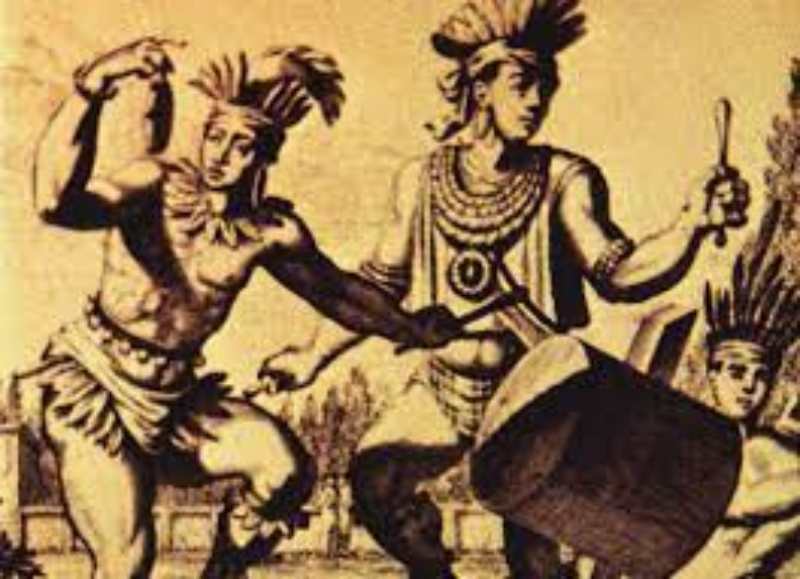
Since 1917, Puerto Ricans have been citizens of the United States, which means they enjoy unrestricted access to travel between the island and the rest of the country. However, because Puerto Rico is an unincorporated territory, American citizens who live there do not have voting rights at the national level, which means they cannot choose the president or vice president and, in most cases, do not have to pay income tax to the federal government.
Puerto Rico is not a state, so it does not have a vote in Congress, which governs it according to the Puerto Rico Federal Relations Act of 1950. However, like four other territories, Puerto Rico does send a representative to the United States Congress, known as a Resident Commissioner, who does not have a vote.
Puerto Rico also participates in presidential primaries, just like the other territories. In 1952, the United States Congress gave its approval to a local constitution, which made it possible for American people living on the island to vote for the governor. The political position of Puerto Rico, both in the present and in the foreseeable future, has always been a contentious topic of discussion.
Beginning in the middle of the 20th century, the government of the United States, in conjunction with the Puerto Rico Industrial Development Company, initiated a series of economic initiatives with the goal of transforming Puerto Rico’s economy into an industrial one with high levels of income.
According to the International Monetary Fund, it is a developed jurisdiction that possesses an advanced and high-income economy. On the Human Development Index, it is ranked the 40th most developed country. The manufacturing industry, particularly in the fields of pharmaceuticals, petrochemicals, and electronics, is Puerto Rico’s most important economic driver, followed closely by the service sector (namely tourism and hospitality).
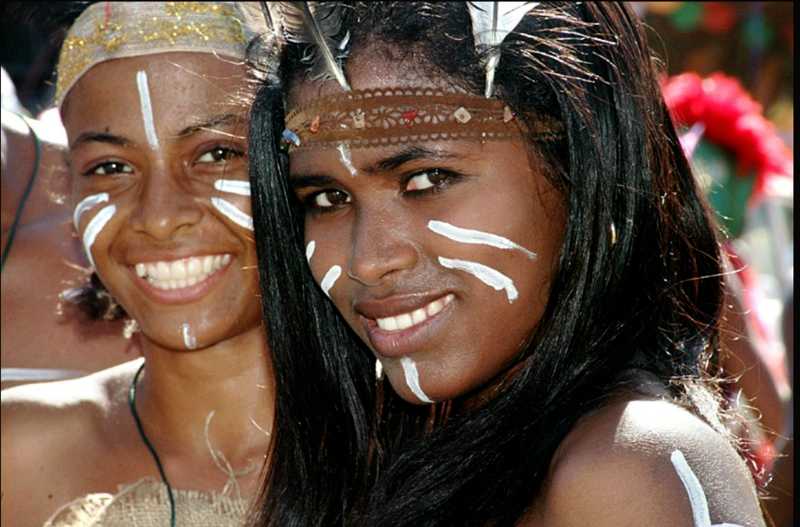
The Rich & Limitless Puerto Rican History
After being under Spanish control for several centuries, Puerto Rico finally became a possession of the United States in 1898. Since the middle of the 20th century, the island has been mostly self-governing.
It boasts a population of approximately 3.4 million people and a lively culture that is created by a blend of influences from Spain, the United States, and Afro-Caribbean countries. Borinquén was the name given to Puerto Rico by the indigenous Taino people, whose ancestors had been living there for more than a thousand years prior to the arrival of the Spanish. The Taino people referred to themselves as boricua (a term that is still used today).
Christopher Columbus returned numerous Taino captives to Borinquén during his second voyage to the Americas in 1493. He also claimed the island for Spain and named it San Juan Bautista. Near a bay on the island’s northern coast, Juan Ponce de León established the first European town in 1508, which he named Caparra.
In 1521, Caparra was renamed Puerto Rico, which literally translates to “rich port.” People started to refer to the entire island by that name throughout the course of time, while the port city itself eventually became known as San Juan. Smallpox quickly killed off the vast majority of Taino people, and the Spanish enslaved many of the remaining Taino people to work in their mines for silver and gold and to build communities. In the 16th century, the Spanish began bringing in a greater number of slaves from Africa so that they could increase their production of cash crops like as sugar cane, ginger, tobacco, and coffee.
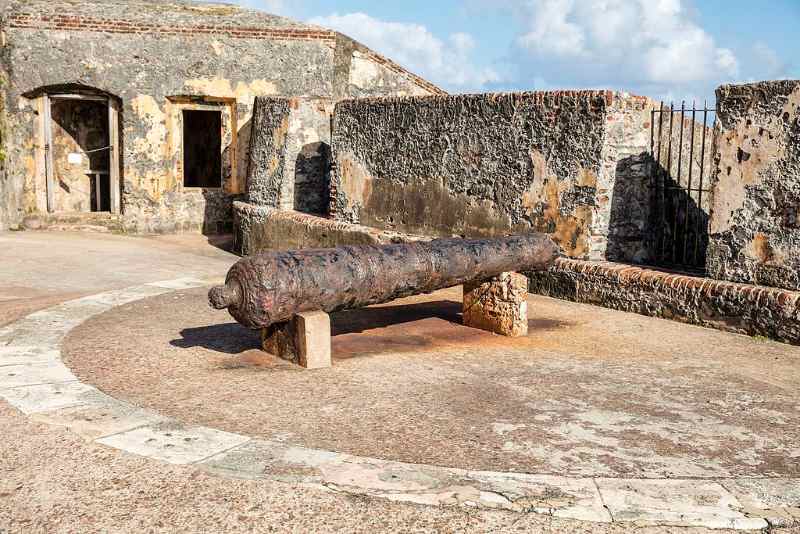
They also invested a significant amount of money in transforming San Juan into an impregnable military outpost by constructing a fortified palace for the governor known as “La Fortaleza” and two massive forts known as “San Felipe del Morro” and “San Cristobál” that were designed to withstand repeated assaults from competing powers such as England, the Netherlands, and France.
In the course of its history as a Spanish colony, Puerto Rico enjoyed varied degrees of economic and political sovereignty over the course of those centuries. However, by the middle of the 19th century, a wave of independence movements that originated in Spain’s South American possessions had made their way to Puerto Rico.
In 1868, a group of approximately 600 individuals launched an insurrection from the mountain town of Lares. In spite of the fact that the Spanish military was able to put down the uprising with relative ease, Puerto Ricans continue to commemorate “El Grito de Lares” (The Cry of Lares) as a source of immense national pride.
Here is a quick guide when travelling to Puerto Rico. Check here!
United States Citizenship for Puerto Ricans – Puerto Rico History Timeline
Puerto Rico is a territory of the United States of America; however, the island’s ambiguous status in relation to the United States has driven heated debate over the years between those who support Puerto Rico’s current status as a commonwealth of the United States, those who favor full-fledged Puerto Rican statehood, and those who want Puerto Rico to be its own independent nation.
Puerto Ricans have the right to vote in presidential primaries and elect a non-voting representative to Congress due to their status as residents of a commonwealth; however, they do not have the right to vote for president due to the fact that Puerto Rico is not a part of the electoral college.
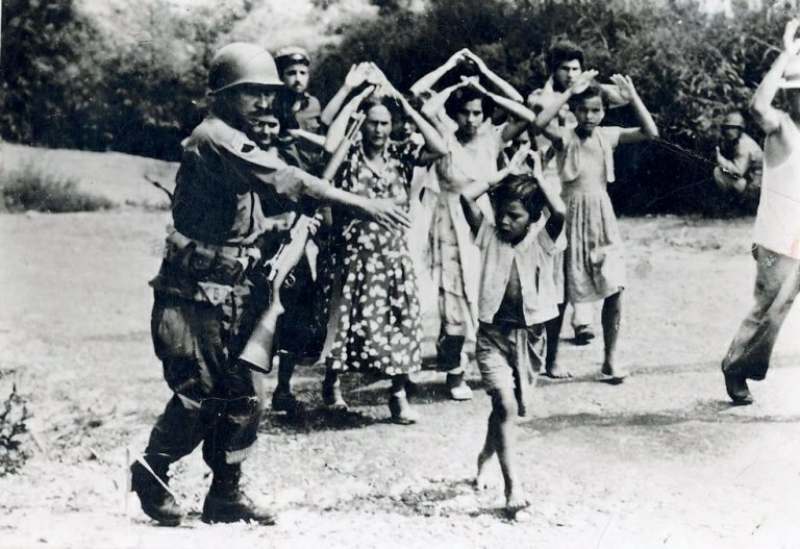
The Battle of Jayuya – Puerto Rico History Timeline
The Jayuya Uprising, also known as the Jayuya Insurrection or El Grito de Jayuya, was a Nationalist revolt that took place on October 30, 1950, in the town of Jayuya, Puerto Rico.
Other names for this event include the Jayuya Uprising and the Jayuya Uprising. There were many uprisings against the government of Puerto Rico, which was supported by the United States, that took place around the island of Puerto Rico on that day. Blanca Canales was the leader of one of those uprisings. The Nationalists held the view that Puerto Rico should remain under US sovereignty.
The island’s Nationalists began plotting and preparing for an armed revolution in 1949 and continued their preparations into 1950. The uprising was scheduled to take place in 1952, which was also the year that the United States Congress was scheduled to formally ratify Puerto Rico’s political status as an Estado Libre Associado, which translates to “Free Associated State.” Albizu Campos advocated for a violent uprising due to his belief that the “new political status” was nothing more than a fabrication of the colonial government.
Albizu Campos decided to establish the headquarters of the revolution in the town of Jayuya due to its convenient location and the fact that Blanca Canales’ house served as a repository for a variety of armaments.
On October 26, 1950, while Albizu Campos was attending a meeting in Fajardo, he received information that police had surrounded his home in San Juan and were preparing to arrest him. He was informed that the police had previously detained a number of other prominent Nationalists.
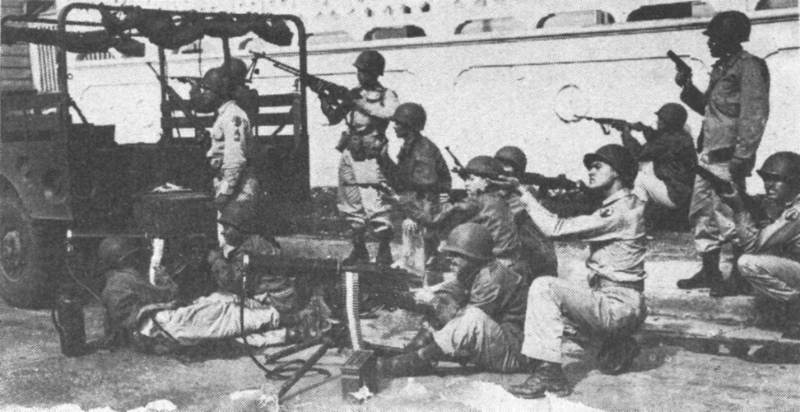
After evading capture in Fajardo, he gave the command to launch the revolution. On October 27, the local police in the town of Peuelas stopped a caravan of Nationalists and opened fire on them, resulting in the deaths of four people. Uprisings by the Nationalists took place on October 30 in the towns of Ponce, Mayagüez, Naranjito, Arecibo, Utuado (Utuado Uprising), San Juan (San Juan Nationalist insurrection), and Jayuya. Jayuya was the only town in which the Nationalists were successful.
Even though a significant portion of Jayuya was obliterated, the word of the military operation was not allowed to disseminate beyond the borders of Puerto Rico. Instead, President Harry S. Truman was quoted in the media of the United States as saying that it was “an incident between Puerto Ricans.” Nationalists in New York City and Puerto Rico were furious about the counterattack that was carried out.
A hasty plot to kill Harry S. Truman, the President of the United States, was hatched in the city by a group of Nationalists that included Griselio Torresola and Oscar Collazo, among others. When the living quarters of the White House were being renovated, it was reported that he was staying at Blair House.
Following their journey by train to the south, on November 1, 1950, they attacked the security personnel at the Blair House in an attempt to obtain admission. During the attempted assassination, Torresola and White House police officer Leslie Coffelt were both slain. Collazo and two American officers sustained injuries during the incident.
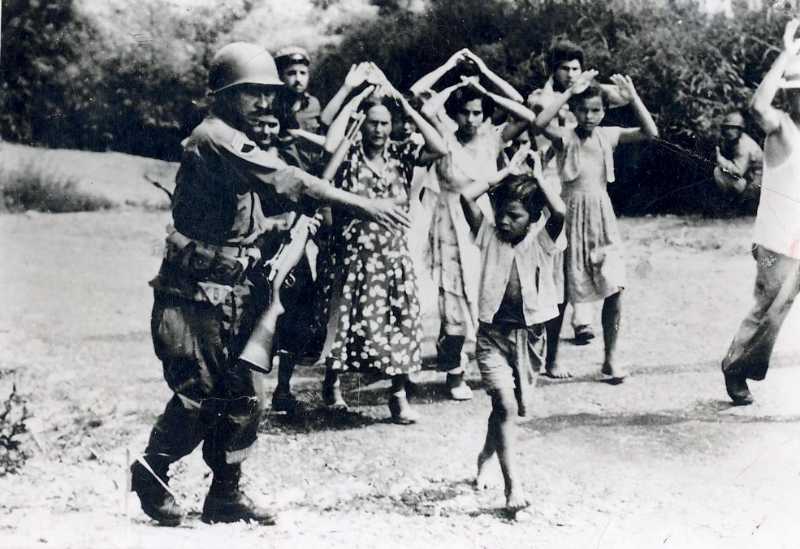
Puerto Rican Origins and their Culture – Puerto Rico History Timeline
The Taino were indigenous people that inhabited the island for more than a thousand years before the Spanish got there. They were its earliest residents.
Puerto Rican culture is a fusion of African, Spanish, and Taino traditions as a result of the extensive cultural exchanges that took place between the indigenous Taino people and the Spanish colonists. In today’s Puerto Rico, remnants of all three can be found coexisting side by side. The Taino people are the ones who laid the groundwork for Puerto Rico’s musical traditions.
Their music predominately possesses a sound that is reminiscent of the Caribbean, and it was performed on hand-crafted instruments like the mayohuacán, which is a hardwood slit drum. Another indigenous Puerto Rican instrument played by the Taino people is called the güiro. It is a percussion instrument that is created out of a gourd that has been hollowed out.
The arrival of people of Spanish and African ancestry brought with them a variety of new musical traditions to the island of Puerto Rico. These new people brought with them a wide variety of instruments, one of which was a collection of guitars featuring a wide range of string lengths. The Puerto Rican cuatro, which has ten strings, stands out as a particularly notable example.
Visit here for the safety tips when travelling in Puerto Rico.
KEY TAKEAWAYS ...🛪
Puerto Rico is extremely proud of its long and illustrious past, and by reading up on it you can learn so much about this place and its historical significance and struggle!
Find out more about Kanana Caribbean island facts, vacation planning, sightseeing, travel deals, and possible upcoming events
